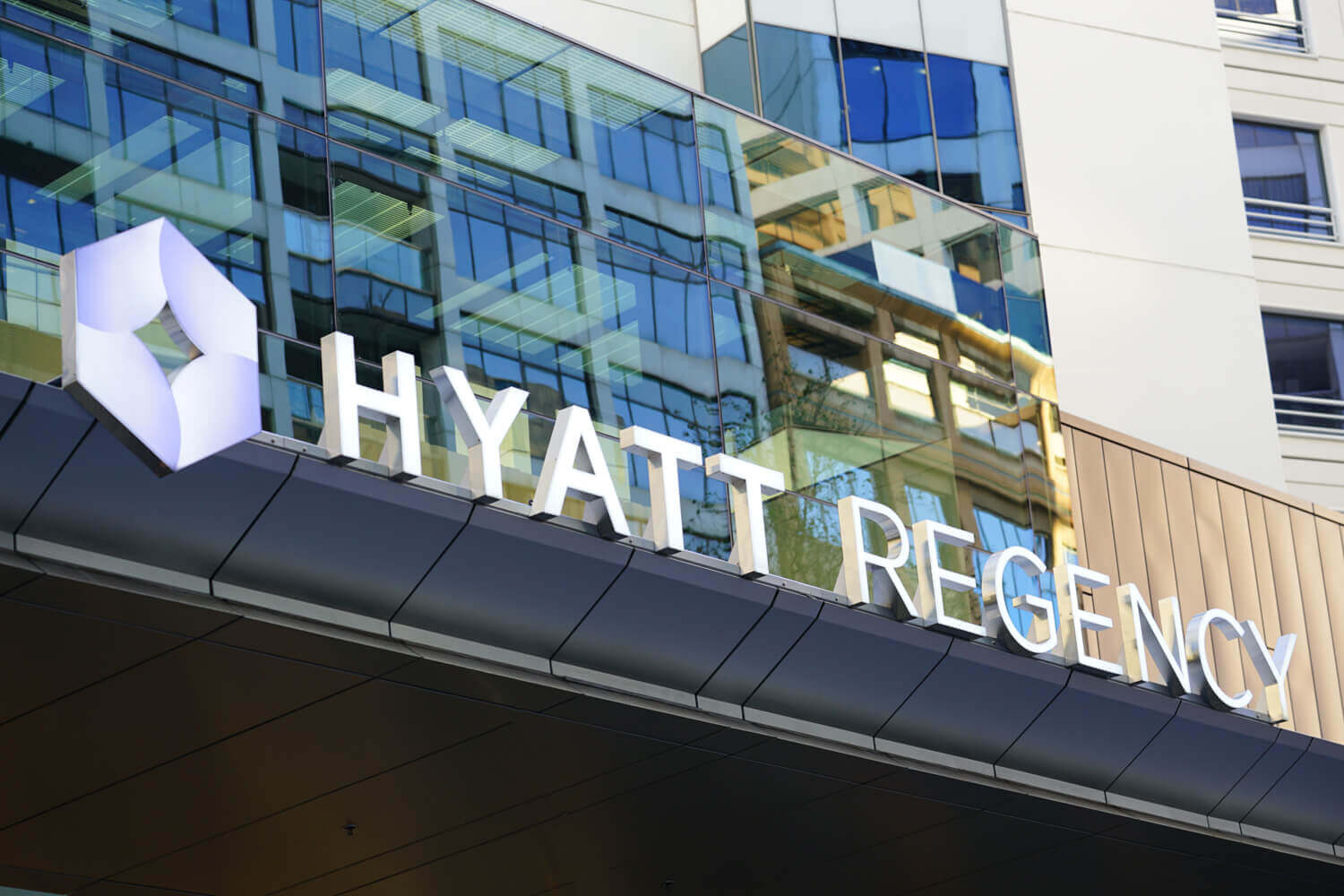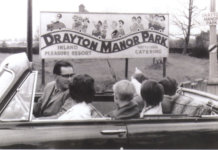According to the World Travel & Tourism Council, the industry they represent contributes over $7 trillion to the world’s GDP, accounts for over 200 million jobs, and is projected to outperform the global economy through to 2027. Impressive for an industry born of the 1700’s when the best roads were made of gravel, ships were powered by wind and a carriage was the most comfortable and efficient way to sightsee.
Europe’s technological revolution had a significant impact on the way people travelled. Steamships and railways decreased the duration of journeys, and by 1750, roads were enjoying a renaissance as Turnpike Trusts provided much-needed maintenance and upgrades to thoroughfares. Uncoincidentally, at about the same time, the inns and taverns of Europe were being transformed by a new concept in lodging that came to be known as the hotel.
At the heart of that sweeping change remained the proprietors of those early stopovers. Made up overwhelmingly of family-run businesses, it is a trend that continues to this day, though, in an almost unrecognisable way.
A Room and A Bath for A Dollar and A Half – The Birth of the Hotel Chain
By the early part of the 20th century, yet another new concept was developing that would revolutionise the hotel industry. Ellsworth Milton Statler, an American hotelier and businessman, had a preoccupation with comfort and efficiency. These were qualities that bucked the 19th-century obsession with gilded décor and exclusive opulence.
Statler also pioneered other features that have become the norm, like telephones in every room and a free morning newspaper. However, it was uniformity that attracted people to the Statler group of establishments. By offering the same experience in each of his hotels, Statler had created the first hotel chain. He even branded them under the same catchy slogan: “A room and bath for a dollar and a half.”
Statler’s company was eventually sold to Hilton Hotels in 1954, almost three decades after Statler’s death. Conrad Hilton intended to export Statler’s protocols to the world and today, according to the World Tourism Organization, one in five hotels belong to a chain. However, he did not achieve this on his own.
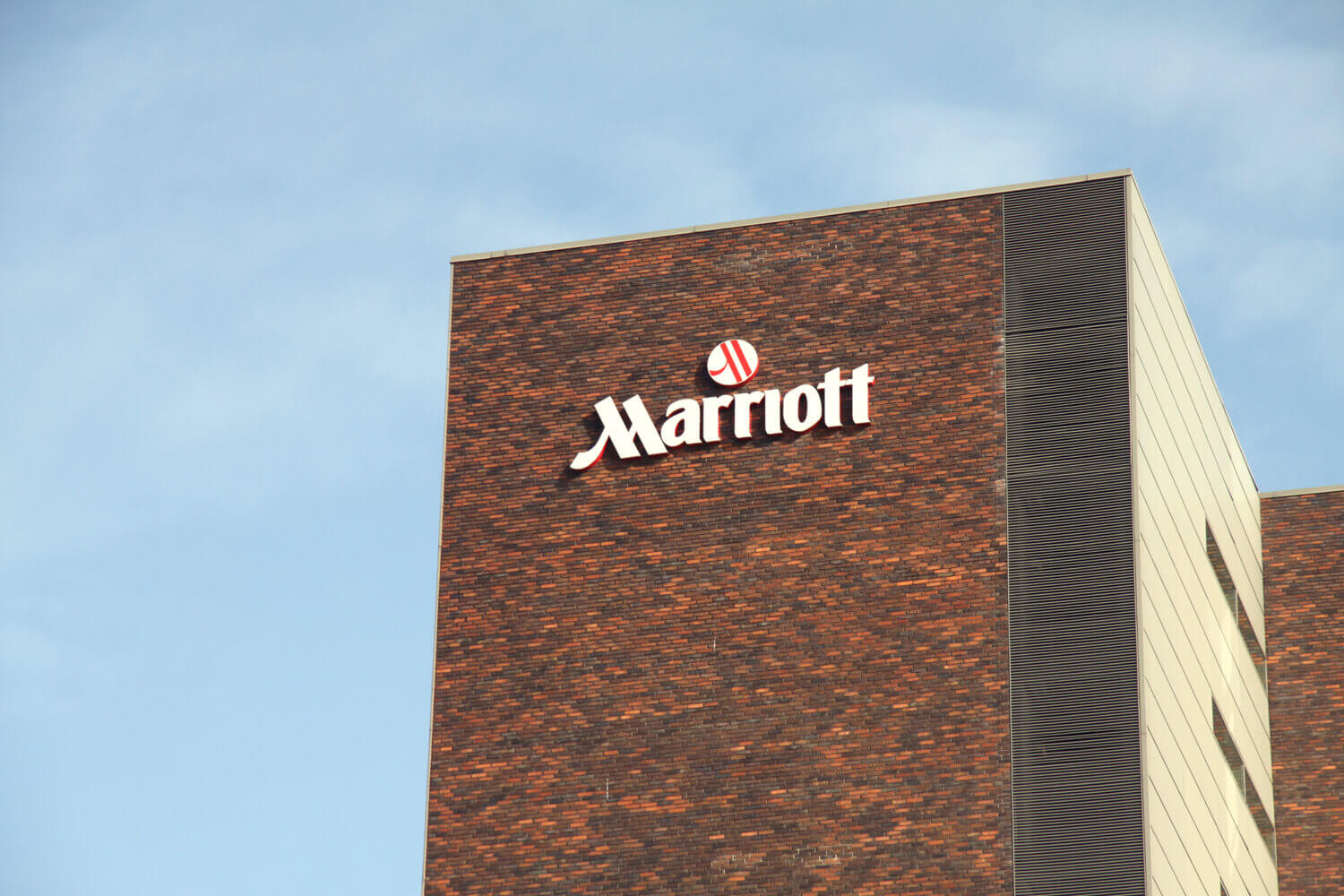
From Root Beer to Bell-Hops – The Marriott Story
Newlyweds J. Willard and Alice S. Marriott, along with business partner Hugh Colton, opened the first A&W root beer franchise in Washington, D.C. in 1927. Later that year, they added food to the menu and established their brand Hot Shoppes, which would become a popular regional restaurant chain. Airline catering ventures would follow, but it was a bold shift to the hotel industry that would eventually secure Marriott’s place in history.
In 1957, Bill Marriott, son of J. Willard and Alice, opened and managed their first motor hotel in Arlington, Virginia. Other properties were added, and in 1969, Marriott internationalised building a hotel in Acapulco, Mexico. J.W. (Bill) Marriot would become the visionary force behind the company’s prodigious expansion, which diversified to include cruise ships and theme parks. By the late 1980’s, Marriott had pioneered the multi-brand strategy, also catering to the distinctive needs of business travellers and extended-stay guests.
Today, Marriott continues to expand, acquiring Starwood Hotels & Resorts in 2016 and announcing the planned construction of an additional 40 luxury hotels in 2018. According to their 2017 annual report, Marriott International has more than 6,500 properties in 127 countries and territories, 30 brands and yearly revenue over $22 billion making it the world’s largest hotel company. In a nod to the past, items from the classic Hot Shoppes menu that cemented their initial success are now offered in the Washington DC, Marriott Marquis location.

The Tycoon – Hilton and his Celebrities
Conrad Hilton originally intended on buying a bank to coincide with the Texas oil boom, but instead ended up purchasing the Mobley Hotel in Cisco Texas, in 1919. He described it in his autobiography as a, “…Cross between a flophouse and a gold mine.” A sharp bargainer and deft financier, more hotels in Texas followed and in 1938 Conrad nationalised, purchasing the Sir Francis Drake Hotel in San Francisco. Hotel acquisitions in Los Angeles, Albuquerque, New York City and Chicago would further solidify Hilton’s growing hospitality empire. His high-profile marriage to actress Zsa Zsa Gabor would garner him celebrity status.
Hilton opened his first international hotel in Madrid and formed Hilton Hotels International in 1948, one of its stated goals being the promotion of world peace through international trade and travel. After purchasing the Statler hotel chain in 1954, Hilton had 28 properties. The Statler acquisition helped bring about a standardised experience among Hilton’s guests, something that he knew would make travellers comfortable and inspire confidence in the brand. In 1966, Conrad’s son, Barron took over as president of the company and continued buying and building hotels.
Now, according to their annual report, with 5,284 properties comprising 856,115 rooms in 105 countries and territories and yearly revenue of over $9 billion, Hilton ranks as the second largest hotel chain in the world.
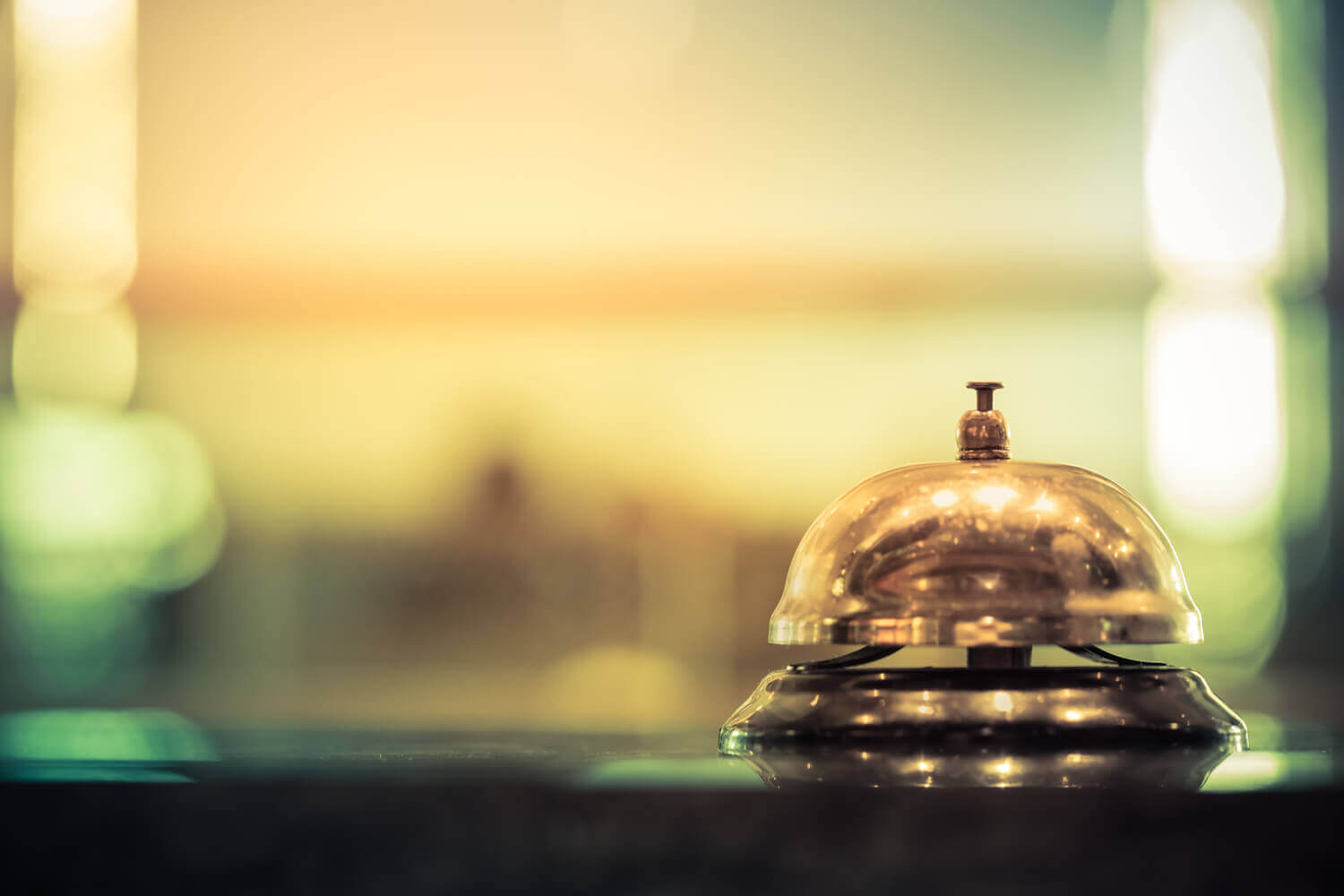
Family-ownership prevails – The founding brothers of Hyatt
In 1954, entrepreneurs Hyatt Robert von Dehn and Jack Dyer Crouch opened their Hyatt House motel adjacent to the Los Angeles International Airport. Three years later in 1957, entrepreneur Jay Pritzker purchased the motel, and along with his brother Donald, soon realised the strategic importance of quality lodging near major airports in the burgeoning age of business travel. Over the next two years, they opened additional locations near airports in San Francisco and Seattle.
Throughout the 60’s, Hyatt continued to open hotels on the west coast, and one outside their home city of Chicago. In 1968, Hyatt International was formed, and they opened their first overseas location, the Hyatt Regency Hong Kong.
Jay Pritzker diversified by adding publishing, insurance, cruise ships, television, casinos and even architecture to his family’s long list of assets and interests. Today, The Pritzker Architecture Prize, established in 1979, is considered the highest honour in that profession.
At of the end of 2017, Hyatt Hotels Corporation’s portfolio consisted of 719 hotels with 182,913 rooms and $4.7 billion in yearly revenue.
Disruption or a Fresh Approach? – The Emergence of Airbnb
With trillions up for grabs globally, other corporate hospitality chains have also enjoyed vigorous growth, challenging the family-run stalwarts. However, it is a well-publicised outsider that may yet cause the most significant industry disruption in over a century.
The July 2018 issue of the International Journal of Hospitality Management concluded, “The average price of an Airbnb offer can have an impact on RevPAR [Revenue per available room]. And that impact varies across different segments of the [hotel] industry.”
It further posited, “The increase in the quality of the Airbnb service has a direct adverse impact on hotel performance. The higher the average satisfaction score of an Airbnb property, the lower the RevPAR for the hotels in the sample.”
Rather than merely supplementing the lodging market, as often claimed by hotel industry insiders, the data supports Airbnb and other peer-to-peer economy platforms’ real long-term effects on revenue. These platforms are an alternative to conventional hotels, and they are only gaining momentum.
How is the industry responding? Petitioning legislators has yielded poor results, and arguably even poorer optics among potential guests. The situation has compelled Hyatt’s CEO, Mark Hoplamazian, to take note.
“Airbnb has demonstrated that people really do care about the interpersonal human experience. Their founding was about connecting individual travellers to real people,” Hoplamazine said at the Baron Investment Conference in 2017. “Airbnb has actually expanded travel and they’ve inspired us to think about how we do business.”
Under Hoplamazian’s leadership, Hyatt has experienced considerable success humanising hospitality, but with travellers embracing mobile services and driving new technological innovations like never before, contradiction may be the only industry constant.
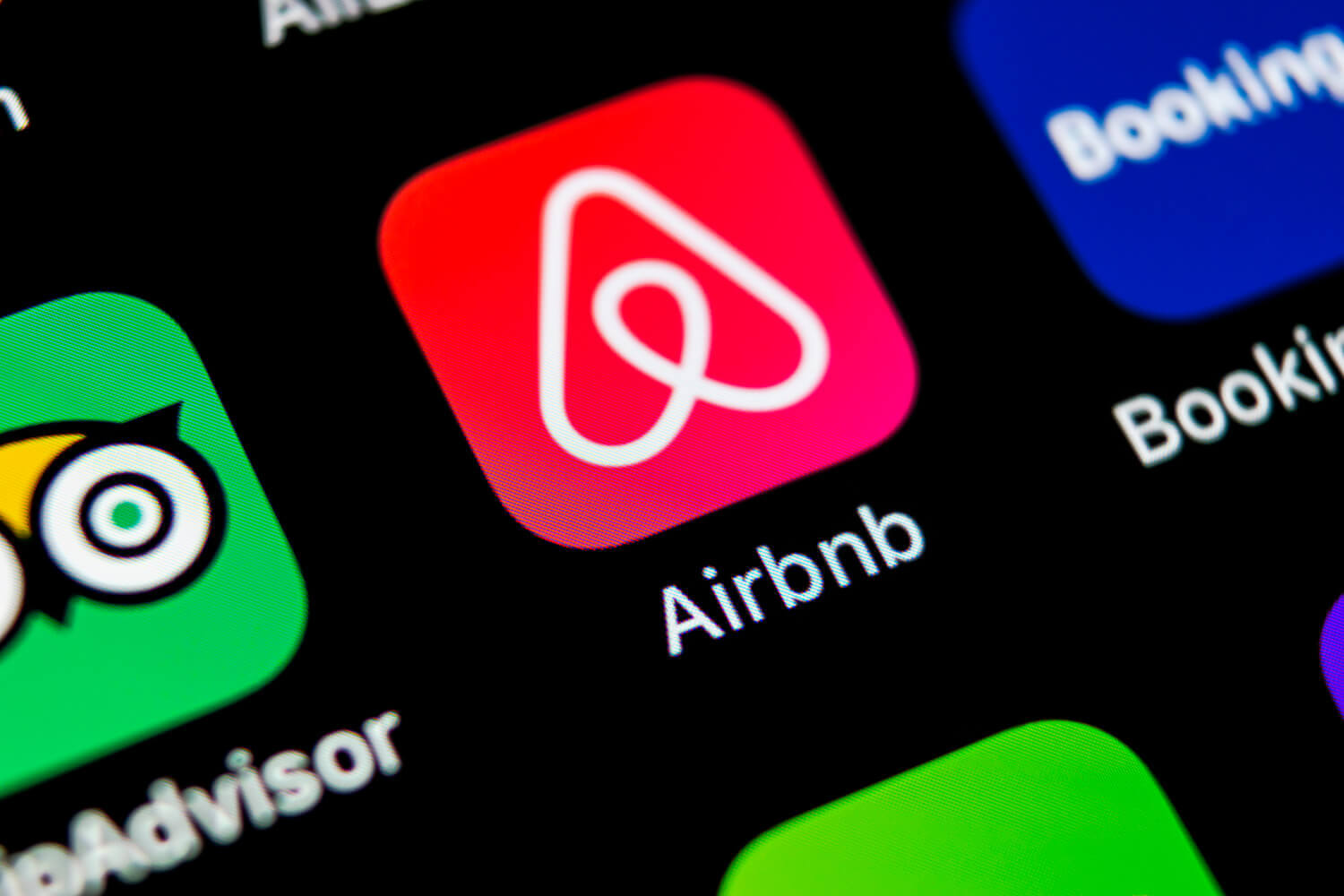
[ms-protect-content id=”4069,4129″]
Hotels of the Future
In 2010, the first hotel room iPad appeared at The Plaza Hotel in New York City. The world’s first robot hotel opened in Japan in 2016. AI is projected to become universal in the hospitality industry triggering automated and personalised conveniences – Marriott’s Mobile App already offers an anytime concierge service that responds through text messages. Hotels are betting on the appeal of modernisation to the millennial traveller, expected to represent 50 per cent of the world’s hotel patrons by 2020.
Yet, the fastest growing industry sector is Wellness Tourism. It follows the tenets of healthy food, exercise, and opportunities to expand spirituality and creativity. In 2017, Hyatt Hotels acquired Miraval, a brand that touts its mindful approach to hospitality.
Today’s unparalleled technological changes and the associated disruptions they cause have rendered Ellsworth Milton Statler’s successful model of stark uniformity irrelevant. The giddy state of flux that defines our economic era makes the future incredibly hard to predict and only one thing is certain – the industry is still growing.
[/ms-protect-content]


